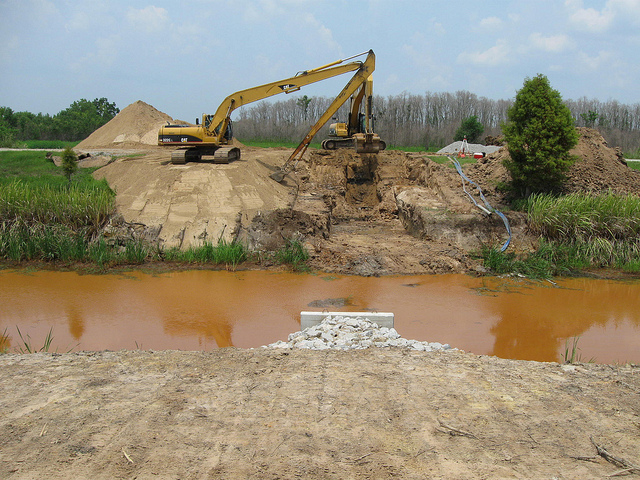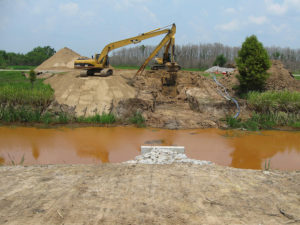In our previous wetland posts, we defined wetlands and spoke of some of their functions and why they are valuable. We also discussed some of the problems that wetlands have been subject to. In this post, I’ll discuss some of the methods for mitigating damages to wetlands.
Because of their importance, wetlands are among the most highly regulated lands, both on a federal and state level. Pursuant to Section 404 of the Clean Water Act (CWA), the federal government requires that any damage to environmentally sensitive lands be mitigated through restoration, enhancement, creation, and occasionally preservation of other wetlands. The mantra of the CWA is “avoid, minimize, compensate,” reflecting the position that avoiding any damages to wetlands is the primary goal, but if damage is unavoidable, the focus should be to minimize any damages and then compensate for any damages to the wetlands.
A developer, in an attempt to maximize the utility of a buildable lot with wetland area, may have no choice but to damage or destroy the wetlands. To satisfy the mitigation requirement or any similar state or local wetland regulation, several courses of action are acceptable. The U.S. Army Corp of Engineers allows a developer (permittee) to employ one or a combination of three things, listed below in order of preference. It should be noted that the Army Corps of Engineers can deny a project application if it determines that the wetlands damaged are of great significance.
- Permittee-responsible compensatory mitigation, either on-site or off-site
- Mitigation banking
- In-lieu fee banking
As the name implies, permittee-responsible mitigation is completed by the permittee, such as a developer or the one required to mitigate damages for proposed negative impacts to environmentally sensitive lands. As an example, a developer may choose to relocate the wetland area to be damaged to another portion of the project site; this is the equivalent of creating wetlands. The developer would then be responsible not only for the wetland creation but also for maintaining the lands in perpetuity—that is, to ensure that the wetlands function as intended.
Alternatively, the developer may choose to restore wetlands of similar function on a different site. These wetlands may have been destroyed or damaged during a time with no wetland regulation. It is important that any restoration of wetlands be functionally equivalent to the wetlands damaged or destroyed.
In our next post, we will introduce mitigation banking and its cousin, in-lieu fee banking.







Recent Comments